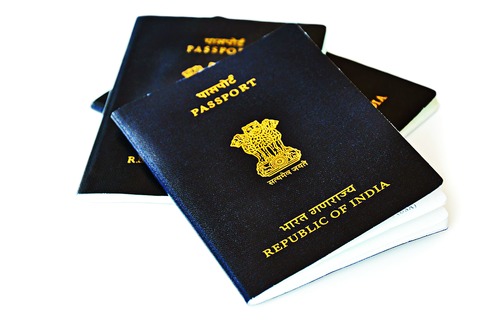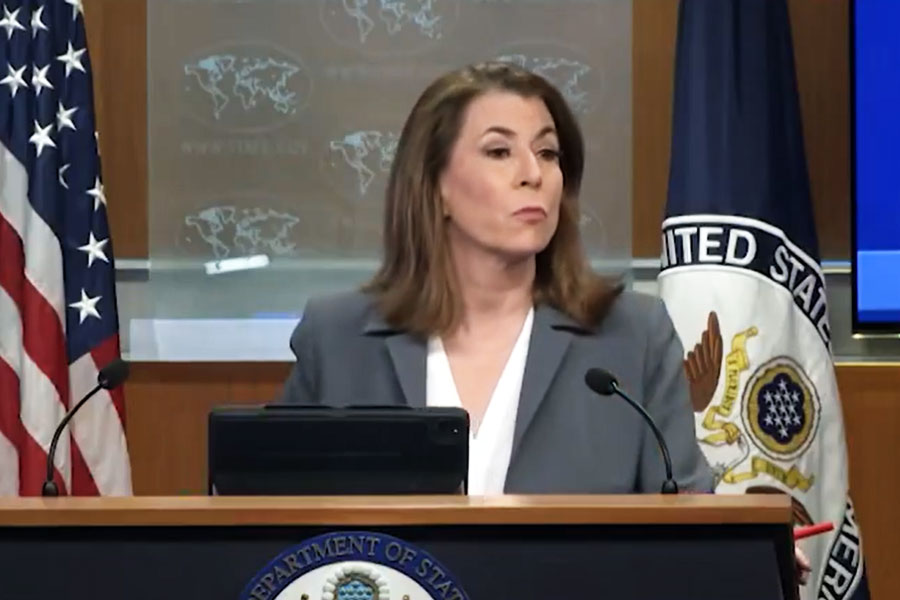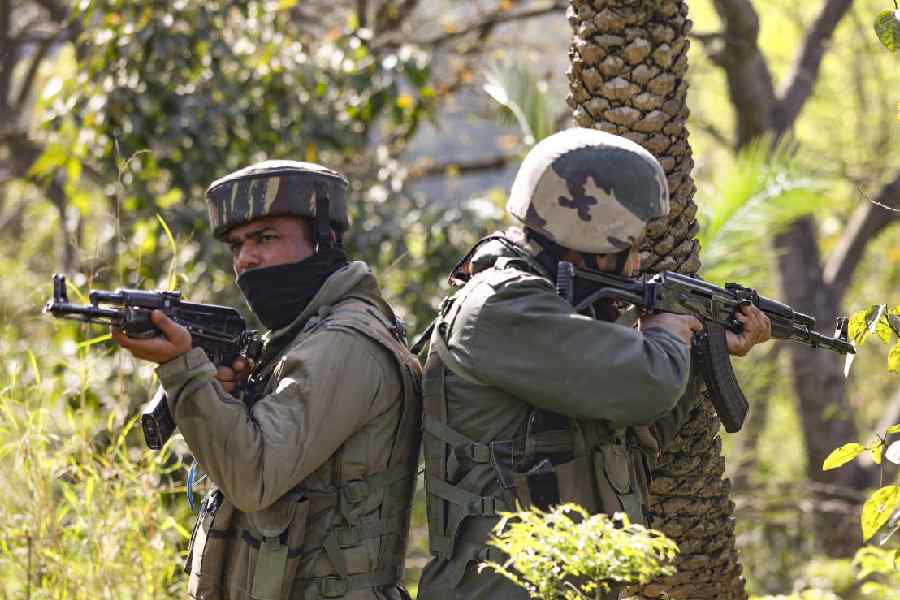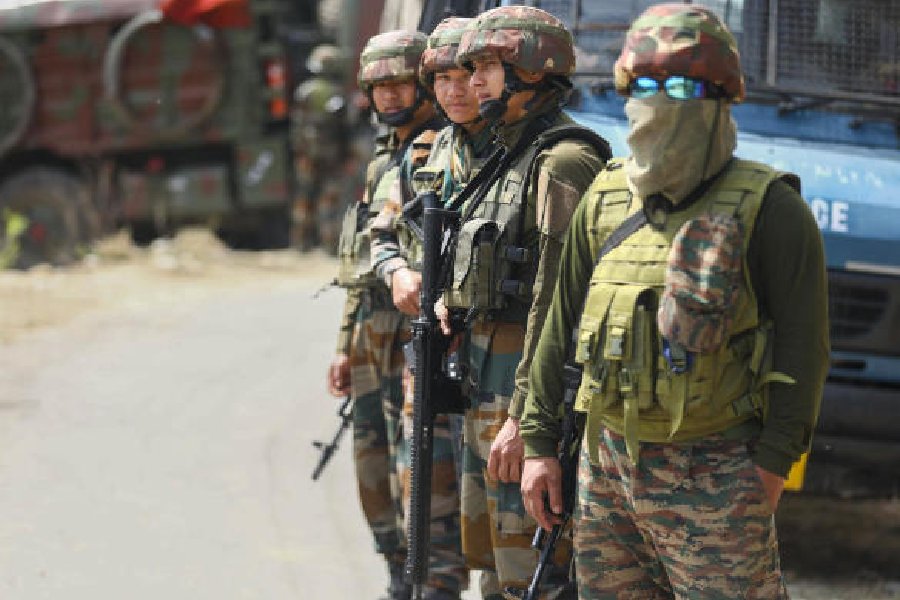
New Delhi, May 7: New Indian passports will from June bear three fresh layers of embedded security features that will aim to lower the risk of forgery that has rattled the country's strategic establishment for years.
The introduction of the new features in all new passports will be part of a long overdue technology makeover that the US adopted in the years after the September 11, 2001, terror attacks, senior officials told The Telegraph.
The security embeds will consist of a series of letters, serial numbers, holograms, colour images and tiny symbols. Some of them will be visible only at some angles, others in ultraviolet light and still others only using forensic tools.
India, which introduced machine-readable passports in the year 2000, issues the third-highest number of passports each year, after the US and China. The foreign office issued 12 million passports in 2016.
Meeting the ever-growing demand for passports - India issued just about 2 million in 2010 - has meant an emphasis on the production of accurate travel documents and efficiency in delivery over sophisticated security features, officials said.
But the International Civil Aviation Organisation, the UN agency that regulates global civil aviation, is tightening its requirements for high-security features in passports while allowing each country to pick the specific features it wants.
Postponing the adoption of these measures in the new passports, to be called "personalised passports", is no longer an option, officials said.
The foreign office is now hunting for companies to supply high-technology passport printers that can together churn out 60,000 new passports each day across India's passport offices.
"Printers are required to print approximately a minimum of 5 million passports during the period of June 2017 to December 2017 in a phased manner over a period of six months," says a tender document for the procurement of printers, "and 13 million passports in 2018 and 15 million passports per calendar year thereafter."
Officials clarified that the foreign office would not recall the existing passports.
The new passports, to be issued after the printers are installed in June, will not look very different from the current ones. But they will bear features unlike any that Indian passports have carried till now.
The first and last pages of the passports, which carry the written details and photograph of the holder, will be wrapped in a thinner laminate than the one now used.
Below the laminate, each passport will have a hologram and a two-colour image. The hologram will be visible but the image will appear only when light falls on it at a particular angle, at which the surface does not absorb any light but reflects all of it.
That's just the first level of security.
Each passport will also bear a unique, tiny and barely visible jumble of 10 letters and serial numbers, and an image invisible in white light and visible only in ultraviolet light, as the second level of security.
Finally, each passport will bear a unique combination of 100 letters and digits so tiny that they can be viewed only using forensic tools.
Officials said the security features were important because of the increasing instances of passport fraud.
While many holders of fake passports are nabbed at the airports, officials concede that they cannot rule out others slipping through the security architecture.










